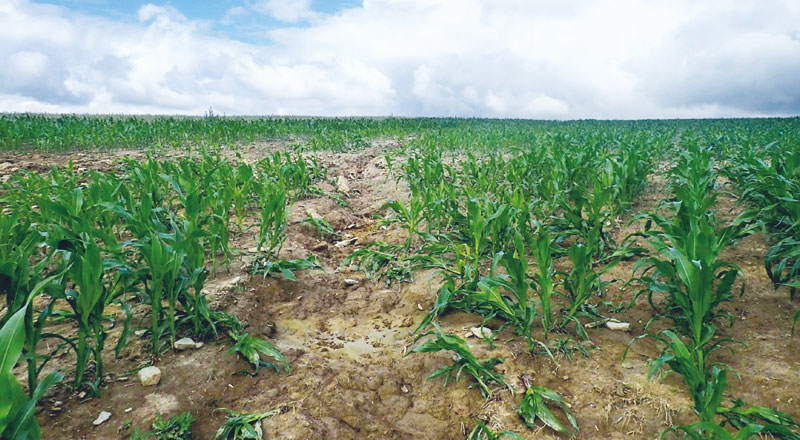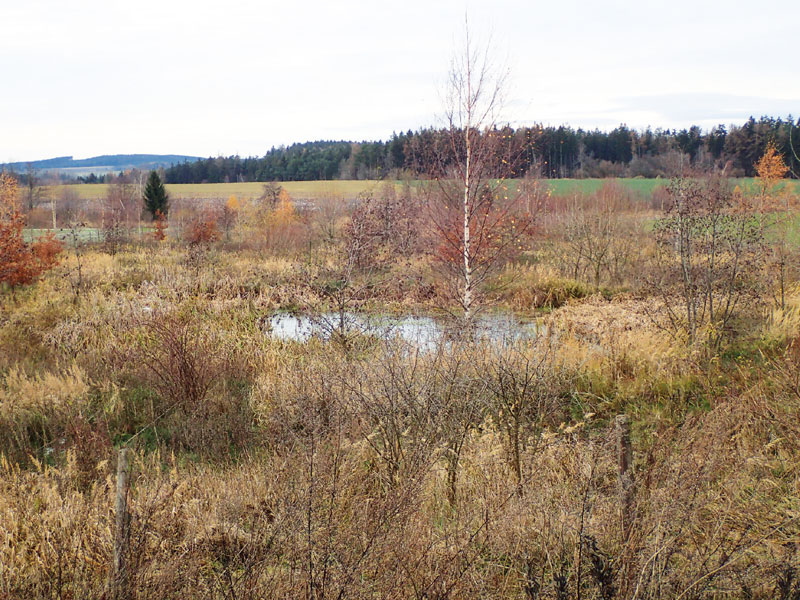Over the last few years we have seen – let‘s not be afraid to say it – a flurry of different adaptation strategies, action plans, and other documents describing what to do to prepare for various problems, especially the impacts of climate change. It is therefore time to start fulfilling the ideas of the above-mentioned documents and putting them into practice.

The project “Integrated Approaches of the Moravian-Silesian Region Landscape to Climate Change Adaptation” (abbreviated as AdaptaN II), which was launched in July 2021 and will last until 30 June 2024, also aims to contribute to the implementation of one of the above documents, namely the Adaptation Strategy of the Moravian-Silesian Region to the Impacts of Climate Change. This international Project is funded by the Norway Grants, „Bergen“ call for proposals, i.e. support for the implementation of selected nature-related adaptation and mitigation measures (the programme is administered by the State Environmental Fund of the Czech Republic).
The main research institution is the Faculty of Civil Engineering at Brno University of Technology. The Project also involves T. G. Masaryk Water Research Institute, ARVEN – Rural Development Academy, and two foreign partners: Norwegian Institute of Bioeconomic Research and Slovak University of Agriculture in Nitra.

In accordance with the National Action Plan on Adaptation to Climate Change in the Czech Republic (NAP CR), the Project responds to the requirements of the territory´s adaptation to the negative impacts of all climate change manifestations in the temperate zone, i.e. extreme meteorological phenomena (heavy rainfall, extreme wind, extreme temperatures), long-term drought, and floods (including flash floods). The Project aims to support implementation of selected nature-related adaptation and mitigation measures in the Moravian-Silesian Region.
The Project´s solutions and outcomes are directed to the open landscape and suburban zones, i.e. it mainly focuses on integrated adaptation approaches in non-development areas as well as in interaction with built-up areas (the cities of Ostrava and Opava). A special part of the Project deals with the urbanised landscape of Pohornice (between the cities of Havířov, Karviná, and Orlová). The last active mines are now awaiting closure in this area, which was heavily affected by coal mining in the past.
The Project will describe and model the implementation process of adaptation for the open landscape in the Moravian-Silesian Region. State and local government authorities in the region, watercourse administration bodies, forestry and agricultural enterprises, the non-profit sector, and the interested public will receive a detailed description of the implementation process, an overview of possible adaptation measures, monitoring patterns and effect calculations, as well as precise identification of their territory´s vulnerability in the form of territorial studies in order to target the follow-up adaptation measures. Examples of good practice and demonstration of sample measures to reduce the negative impacts of climate change will also be implemented. In the pilot area of Lichnov municipality, a system of retention swales will be constructed, including stabilisation of the concentrated runoff pathway, and the addition of linear accompanying greenery; these are the interaction elements which fulfil protective functions with an alternative use for strengthening biodiversity functions linked to the territorial system of ecological stability. In addition, wetlands and pools will be created in the pilot areas of Lichnov and Větřkovice.

The AdaptaN II Project is a follow-up of the previous, successfully completed project „AdaptaN I – the Complex Planning, Monitoring, Information and Educational Tools for Adaptation of Territory to the Climate Change Impacts, with the Main Emphasis on Agricultural and Forestry Management in the Landscape“ (No. EHP-CZ02-OV-1-039-2015), which was implemented in 2015–2016 and was supported by EEA and Norway Grants (more at https://www.adaptan.net/).
